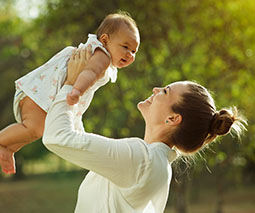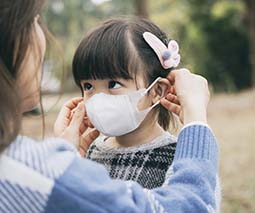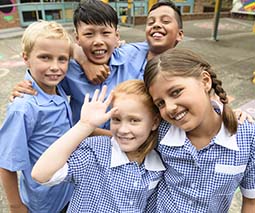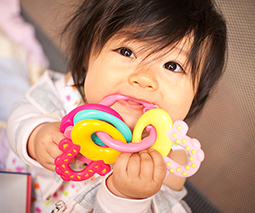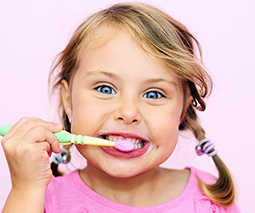10 simple things you can do to teach mindfulness to your child
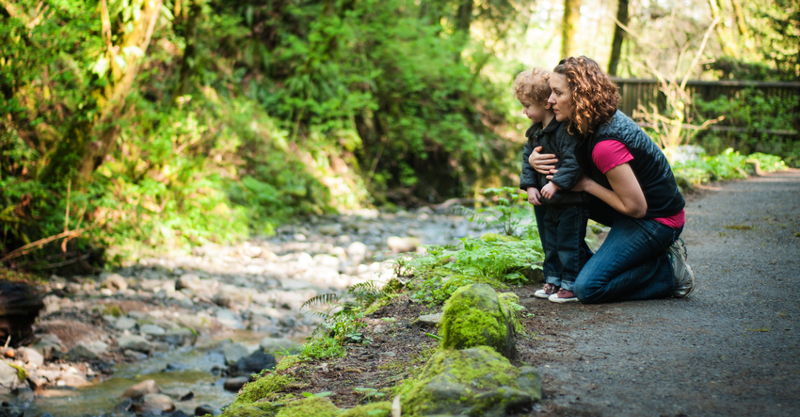
Life can get crazy busy sometimes but teaching children to appreciate the here and now is not as hard as it may seem. It’s also important for their overall happiness.
Adelaide primary school teacher Ashley Manuel founded Growing With Gratitude, a mindfulness program to help teachers, students and families develop the habits of gratitude, kindness and mindfulness.
He thinks mindfulness is such an important skill for all of us to have to achieve happiness and success in our lives.
“Mindfulness is just about being in the present moment and not worrying about what happened yesterday or what’s happening in a week’s time or even the next day,” Ashley says.
“It could be eating a meal or having a shower, but mindfulness is enjoying that present moment – appreciating how good the food tastes in your mouth or how good the water feels on your skin.”
Ashley says discovering the research behind mindfulness changed his life in his early thirties and, as a teacher, he wanted his students to benefit from it much earlier than he did.
“A lot of research shows it reduces anxiety in children, and it also helps children remain calm, improves their sleep and improves concentration,” he explains.
“It also helps them build better relationships because if you’re in that present time – not worried about what’s going to happen or what’s happened in the past – you can move on and enjoy the experience of now, together.”
Here’s his top ten tips for teaching our children mindfulness.
1. Lead by example
“When we are talking about kids, I think it is important parents model it,” Ashley says.
“You don’t have to force kids to do it but I think parents can model, for example, meditation. If parents have a meditation routine, they can ask their children to join in.
“Obviously it may have to be shorter because of kids’ attention spans, but inviting just encourages participation without forcing it.”
2. Dinner table reflections

“A really good thing parents can do around the dinner table at night, is ask kids what’s the best thing that happened that day,” he suggests.
“Rather than ask them closed questions like, ‘How was your day?’, ask questions that require more than one-word answers.
“By asking for the ‘best’ thing, you are also focusing on the positives.”
3. Family walk and talk
“While on a family walk, make sure to stop and notice the things around you,” Ashley says. “Often when we walk, we walk along and think about loads of stuff and we don’t notice things around us.”
“But, for example, if you stop and notice a lot of colourful birds in a tree, stop and talk about that with your child. Talk about the amazing colours of the birds and look at them flying around. Stop and let them take it all in.
“Look at a tree, get your children to feel it and talk about what it feels like – give them a moment to stop and appreciate it.”
4. Make good use of time sitting still
“Use time sitting around, such as at the dinner table or travelling in the car, to talk about this stuff,” he says. “Parents can use these times to ask children what they are grateful for and talk about what that means. If children are mindful of these little things in life, they really start to appreciate more.”
5. Stop, think, appreciate
“Get kids to take sticky labels and stick them on things in the house they’re grateful for,” Ashley says.
“Things they might take for granted, for example, a light switch – so when they do turn the light on, it encourages them to think of how lucky they are to have electricity. Or they might put it on the water tap. It’s a good queue for kids and parents to remember how lucky we are to have those things we often take for granted.
“It also teaches kids that not everyone has running water in the house or electricity.”
6. Take a different route
“If you’re on a family walk or going somewhere, just go in a different direction, take a different path and take notice of the different things around you,” Ashley says.
7. Mindful eating
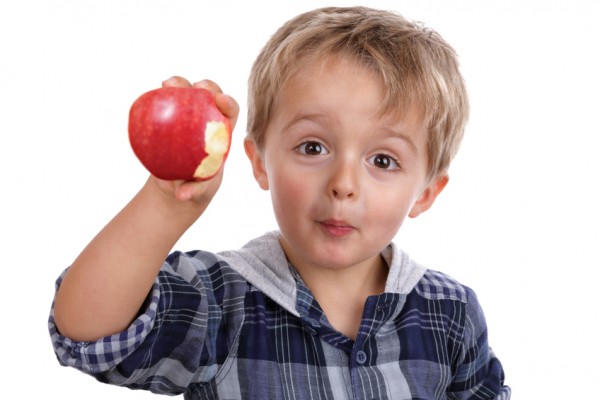
“It could be as simple as eating an apple, feel the texture of the apple and really slowly bite into the apple; pay attention to how it tastes,” Ashley says.
“Smell it, taste it, crunch into it and talk through it all with your children. Sometimes we just eat so quickly that we don’t even appreciate what we are eating – this exercise is about talking through all the different senses.”
8. Breathing exercises
“Meditation for young children can start with breathing exercises at a lower level, so get children to breathe in and out three times or for 30 seconds,” Ashley says. “It is a good way to introduce mindfulness at a young age, but really most of these activities can be adapted for really young children.”
9. Exercise
“Exercise can really help children relax and concentrate and if you break it down, you can also make it a mindfulness activity,” Ashley says. “Talk about appreciation of the equipment they have to play with, or the grass they have to run around on.”
10. Recognition mission
“This is an activity we run in school. It’s about kids looking out for others doing kindness acts,” Ashley says.
‘The idea is that children look out for kids doing things for other people. And of course, if they know people are looking out for it, they’re going to do kind things because they want to be recognised by their peers.”
“It’s a really good activity to develop that appreciation for each other. It might be a bit fabricated at the start but the idea is you keep practicing it and, over time, it becomes part of their nature.”
